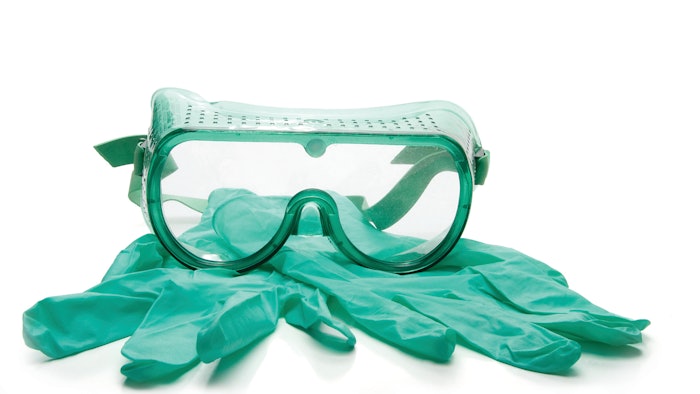
On January 21, 2021, President Joseph Biden issued an executive order on “Protecting Worker Health and Safety.” The order was issued to speed regulations relating to the protection of workers during the COVID-19 pandemic. OSHA observers note that the executive order combined with new OSHA guidelines issued in March are indicators of a more robust regulatory focus on workplace safety.
“I think you're going to see much more aggressive OSHA enforcement under the Biden administration,” says former OSHA head Edwin G. Foulke, Jr., now a partner in the Atlanta office of Fisher & Phillips.
This will likely include a larger OSHA oversight staff. “The Biden administration says it wants to double the number of inspectors,” says William K. Principe, partner in the Atlanta office of Constangy, Brooks, Smith & Prophete. “While we do not know if they will hire that many, it's reasonable to assume there will be some increase. During the last administration, vacancies were not always filled, so OSHA ended up with fewer federal inspectors than had existed for a very long time.”
Your Responsibilities
The Occupational Safety and Health Act of 1970 (OSHA) established standards for all U.S. businesses and includes unique regulations for health care facilities. All businesses must follow the “General Duty Clause” requiring workplaces “free from recognized hazards that are causing or are likely to cause death or serious physical harm to employees.” While the imprecise nature of the general duty clause allows leeway for employers to account for varying local conditions, it also leaves plenty of room for inspectors to find unexpected violations.
The lack of specific guidelines combined with new risks of the pandemic prompted OSHA to issue a comprehensive guidance document earlier this year: “Protecting Workers: Guidance on Mitigating and Preventing the Spread of COVID-19 in the Workplace.” The guidance document lists steps employers can take to reduce potential spread of COVID-19 and is available online at osha.gov/coronavirus.
Although the new guidelines are advisory in nature, OSHA observers expect specific regulations soon. “OSHA will likely issue an emergency temporary standard for workplaces,” says Foulke. This standard will carry the force of law and employers will be fined for noncompliance with its terms.
How strict will the regulations be? That is still to be seen. “The emergency temporary standard is not expected to be as employer averse as the OSHA regulations in California, but will likely resemble the Virginia standard, which follows CDC guidance,” says Foulke. Employers will likely be required to conduct workplace risk assessments and maintain written COVID-19-related action plans to include social distancing, masks, sanitation and training.
“One thing I think you’re going to see during the Biden administration is a focus on musculoskeletal disorders (ergonomics, repetitive motions, lifting) and combustible dust,” adds Foulke. “Also, I think sometime this year OSHA will go back to requiring that 250-plus employers in certain industries file not only 300A Summaries but also the 300 logs and the First Report of Injury forms.”
Continue Reading about the OSHA regulations in our Digital Magazine...
Phillip Perry is a freelance writer based in New York City.











